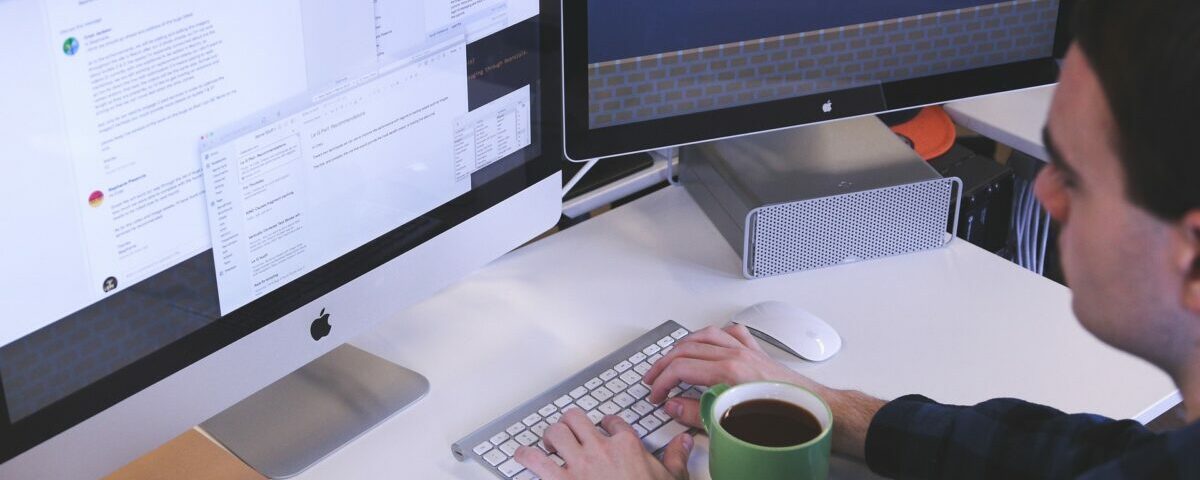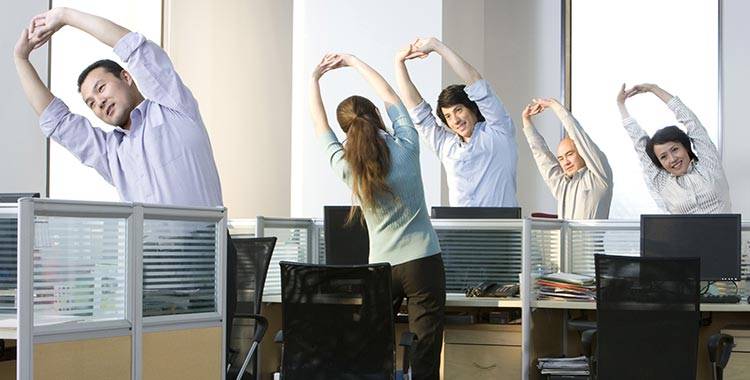
DISC March Message
March 10, 2021
What Is Pain and Why Do We Experience It Differently?
April 23, 2023With a growing number of musculoskeletal (muscle and bone) pain cases occurring daily associated with sedentary living, a therapists job has evolved from treating to advising individuals about pain prevention before it occurs. As a result, preventative rehabilitation and movement specialists have become extremely popular nowadays enabling individuals to keep moving while prescribing preventative exercise strategies in each workout. As most of our workouts take place in the gym, most of our days spent do not. As such, office workers or any individual bound to a chair and screen for the most part of the day will, at some point, experience some aches or pains that might be brought upon by sedentary working conditions, poor posture and wrong seating ergonomics.
Posture is the term used to describe a position of the body or an arrangement of body parts relative to one another. On the other hand, ergonomics is the study of peoples efficiency in the working environment. Both posture and seating ergonomics have a huge influence on whether we feel good or bad during the work day. Common examples of poor working posture include forward head protrusion as well as sitting in a chair with a rounded off spine (back) for most of the day. For individuals experiencing this, chances are that performing these actions for extended periods of time will express itself in either muscle aches or pain in the neck and lower back. For the most part, lots of these aches and pains can be controlled by adapting our work stations to improve both sitting posture and ergonomics. The following list enumerates some of the key improvements that can be made:
· Keep your feet flat on the ground
· Have your shoulders and forearms relaxed by keeping a 90 angle at the elbow
· Put your phone on speaker or use a head set for long conversations
· Keep key objects of use within reaching range
· Keep your head directly over the base of support (Neck)
· Place your computer monitor straight in front of you
· Have a chair that supports your spinal curve
· Make sure to get up and move every 30 minutes
The last point of the previous list is particularly important as movement is the main driver in minimizing pain and improving our lifestyle. The human body was designed to move, and while moving is difficult at times when confined to a chair, it can be done if the right measures are taken. As a general piece of advice, setting a timer on our phone to get up and move every 30 minutes is crucial so as to prevent these minor aches and pains from coming in the first place. Also, the use of self massaging devices such as foam rollers or lacrosse balls have become very popular to massage out any tight muscles when remaining sedentary for the day. Furthermore, the use of simple full body stretches is extremely effective as this allows for improved blood flow to help stimulate postural muscles.
So what must we do to maintain good posture and ergonomics? Well, taking care of oneself is something we must focus on at all times to assure good strength and stability to live a pain free life. Regular strength and conditioning, proper nutrition and adequate sleep makes a big difference in how we function and perceive pain symptoms. Adopting a healthy lifestyle is what we recommend to keep pain in check.
Oliver L.
The post Office Ergonomics appeared first on Diversified Integrated Sports Clinic.
[ad_2]





